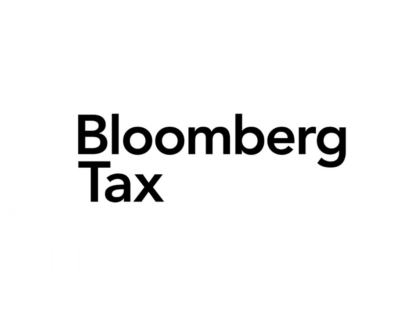- Transfer pricing is regulated by the Belgian General Administration of Taxes, part of the Federal Public Service Finance. There are no material differences from the OECD format and Belgian regulations.
- Belgium has had success with its dedicated TP Audit cell initiative and is adding additional resources to the group. Companie should expect continued emphasis on TP examinations.
- Belgium subscribes to the OECD’s master file, local file, and country-by-country report in terms of substance and format, but with lower thresholds. In addition, Belgian law provides for specific forms, Master File form 275.MF and Local File form 275.LF, to be completed and filed via a dedicated platform and in a specific electronic format.
- Belgian Tax Authorities typically begin the year by sending TP requests for information with the possibility of additional requests during the year. They have a specialized group performing the audits and the group has been very successful and is projected to expand both the scope of audits and additional personnel.
- Following the initial request for information, the taxpayer has the option to request a preaudit meeting. The areas generally discussed in such a meeting relate to the operations, structure and organization of the company.
- Belgium has a three-part test for required documentation, based on meeting one of the three criteria:
- Operational and financial income of EUR 50 million
- Balance sheet total of EUR 1 billion or
- Average number of 100 or more full-time employees
- There is an emphasis on knowing more about company operations in greater detail, the need for companies to fully explain their operations and interrelationships with detail and supporting evidence and documentation in the form of policies, procedures in place and necessary agreements.
- With the above in mind, group audits may arise based on information attained in the prior steps.
- Belgium accepts answers to the TP inquiry in French, Dutch, and German, and documentation in French, Dutch, German, and English
- Form 275.LF should be filed with the corporate tax return, usually seven months after the close of the fiscal year, but extensions are possible.
- Form 275.MF is due 12 months after the close of the fiscal year.
- Local requirements are preferred but this can be expanded if necessary.
- Single-year testing is required and the interquartile range is preferred.










